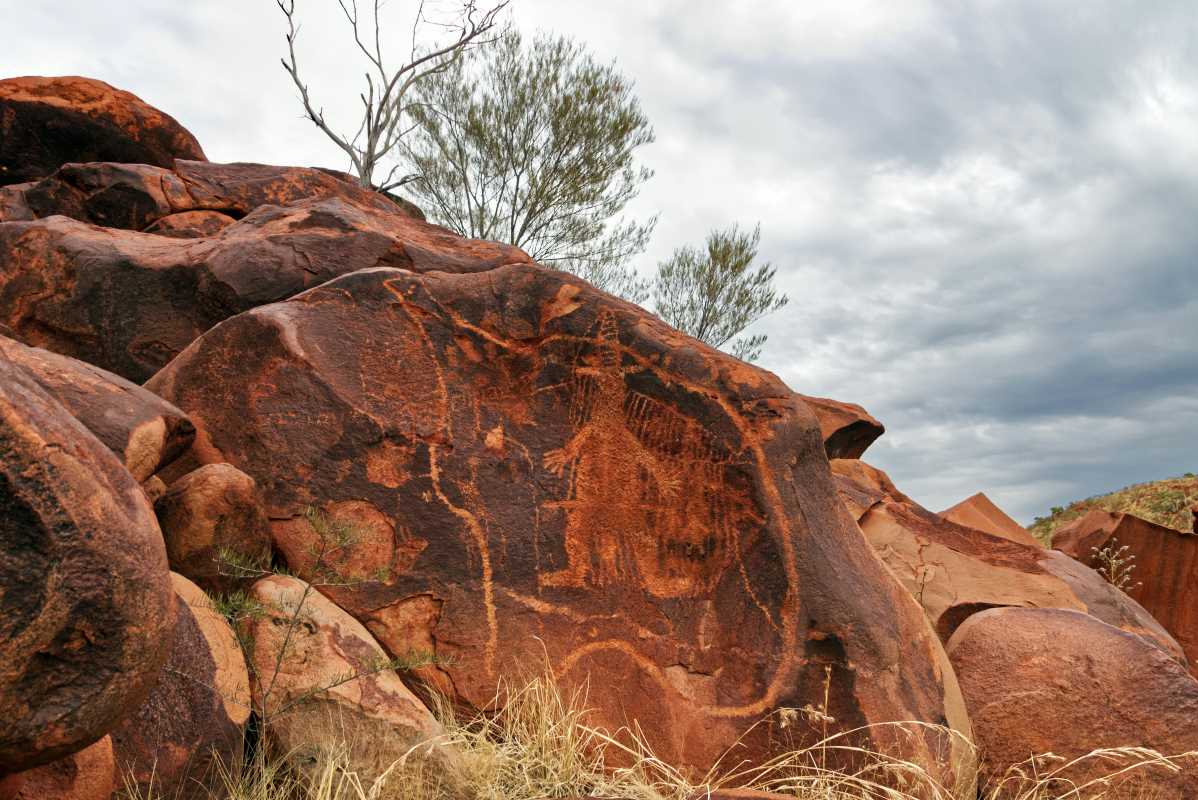Traveling to famous landmarks is like stepping into the pages of a living history book. These monuments are more than architectural feats—they are windows into the past, each with a story to tell. From ancient wonders to cultural treasures, these landmarks capture the spirit of human creativity, resilience, and ingenuity. Let’s take a closer look at some of the world’s most renowned landmarks and the history they preserve.
The Great Pyramid of Giza: A Testament to Ancient Egypt
Towering over the sands of Giza, the Great Pyramid of Giza is the last surviving wonder of the Seven Wonders of the Ancient World. Built around 4,500 years ago during the Fourth Dynasty, it served as a tomb for Pharaoh Khufu. The pyramid is a marvel of engineering, constructed with millions of limestone blocks, each weighing several tons.
The methods used to build the Great Pyramid remain a mystery, sparking debates among historians and archaeologists.
What we do know is that its alignment with celestial bodies reveals the Egyptians’ advanced understanding of astronomy. Visiting the pyramid is not only a chance to marvel at its size but also to glimpse the spiritual and cultural beliefs that defined ancient Egypt.
The Colosseum: Rome's Grand Arena
The Colosseum in Rome, completed in 80 AD, stands as a symbol of the grandeur of the Roman Empire. This iconic amphitheater once hosted gladiator battles, animal hunts, and dramatic performances, drawing crowds of up to 80,000 spectators. Built with an intricate network of arches, tunnels, and lifts, the Colosseum showcased the Romans’ innovative engineering and architectural skills.
Despite centuries of weathering, earthquakes, and even stone looting, the Colosseum continues to inspire awe. Walking through its ancient corridors, visitors can almost hear the echoes of the roaring crowds and feel the tension of the epic battles that unfolded within its walls.
Machu Picchu: The Lost City of the Incas
High in the Peruvian Andes lies Machu Picchu, an ancient Incan city shrouded in mist and mystery.
Built in the 15th century under the reign of Emperor Pachacuti, Machu Picchu served as a royal estate and religious retreat. Its location, perched on a mountain ridge, reflects the Incas’ deep connection to nature and the cosmos.
Rediscovered by Hiram Bingham in 1911, Machu Picchu is now a UNESCO World Heritage Site and a symbol of Incan ingenuity. The site’s terraced fields, intricate stonework, and temples align with astronomical events, highlighting the Incas’ advanced engineering and spiritual traditions.
The Taj Mahal: A Monument of Love
The Taj Mahal in Agra, India, is one of the world’s most iconic symbols of love and devotion. Built by Emperor Shah Jahan in memory of his wife, Mumtaz Mahal, the mausoleum is a masterpiece of Mughal architecture. Constructed over 22 years with materials sourced from across Asia, the Taj Mahal combines Persian, Islamic, and Indian design elements.
The intricately carved marble, inlaid gemstones, and symmetrical gardens reflect the Mughal era’s artistic and engineering excellence. Today, the Taj Mahal draws millions of visitors who come to admire its beauty and learn about the poignant love story behind its creation.
The Great Wall of China: A Fortress Through the Ages
Stretching more than 13,000 miles, the Great Wall of China is a testament to the determination and strategic foresight of ancient Chinese civilizations. Built over several dynasties, the wall served as a defense against invasions and a means of regulating trade along the Silk Road. The wall’s watchtowers, battlements, and beacon systems highlight its role as both a military stronghold and a symbol of unity. While some sections of the wall have been restored, others remain in ruins, showcasing the passage of time. Walking along its rugged paths offers a profound connection to the labor and vision that shaped this monumental structure.
The Significance of Exploring Historical Landmarks
Visiting these landmarks is more than a sightseeing adventure—it’s an opportunity to connect with the past and gain insights into the cultures, values, and innovations that have shaped human history. These structures stand as reminders of what humanity can achieve, even in the face of adversity.
By exploring these sites, you can experience the triumphs and struggles of ancient civilizations and carry their stories forward. From the spiritual grandeur of the Great Pyramid to the enduring romance of the Taj Mahal, these landmarks continue to inspire wonder and curiosity in travelers from around the globe.
Each landmark is a chapter in the story of humanity, offering a glimpse into our shared history. As you journey to these extraordinary places, take time to reflect on the ingenuity, dedication, and cultural richness that brought them to life.
Whether it’s the echoes of gladiators in the Colosseum or the serene beauty of Machu Picchu, these sites invite you to step back in time and experience the world through the eyes of those who came before us.







